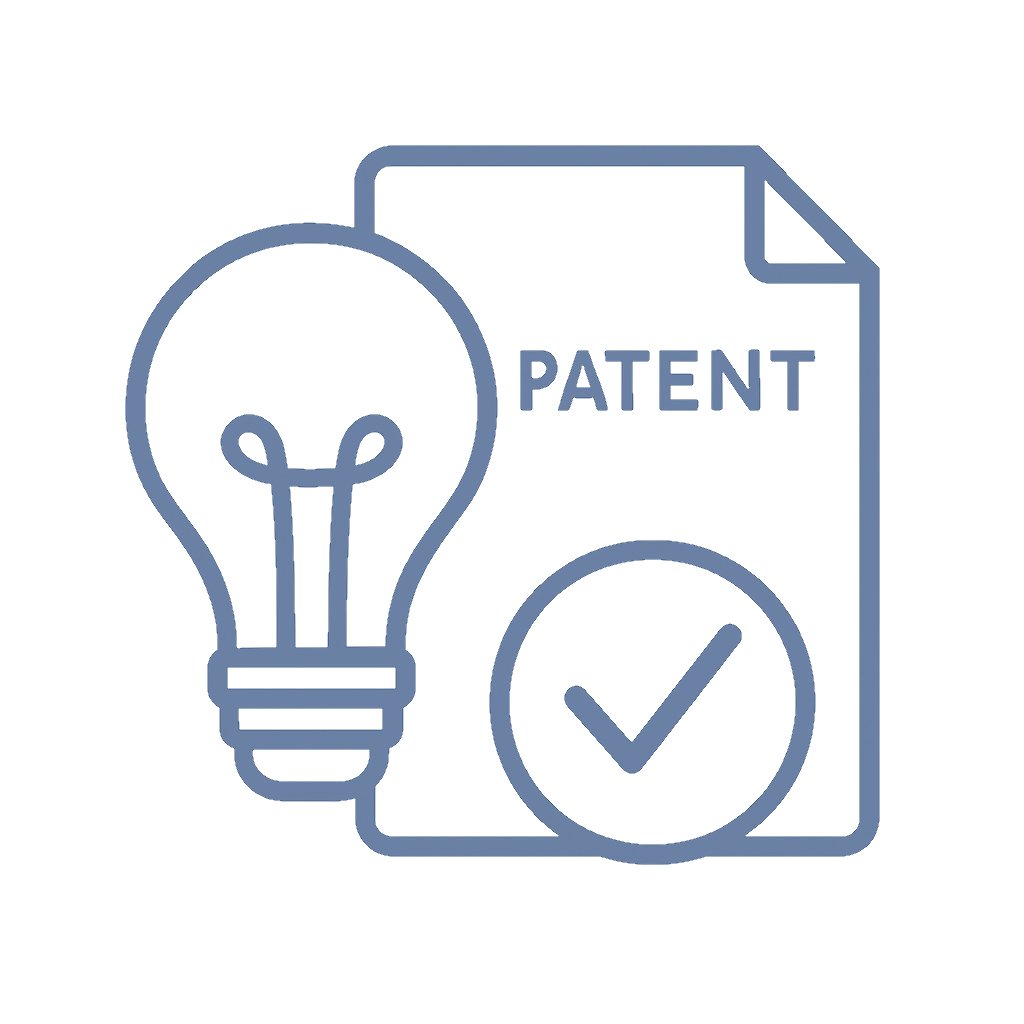📌 Quick Summary Provisional patents are like the rough draft of your invention story. They secure a filing date, but don’t get examined for patentability. That means no one's actually judging your genius—yet. It’s a placeholder, not a protector. Real scrutiny only starts when you file the non-provisional patent.
❓ Common Questions & Answers
Q1: Does the USPTO review provisional patents?
A: Nope. They file it, timestamp it, and move on. No examiner reviews it for novelty or usefulness.
Q2: Can I say "patent pending" after filing a provisional?
A: Absolutely. As soon as you file it, you can legally use "patent pending," even if no one at the USPTO has looked at it.
Q3: Is a provisional patent legally enforceable?
A: Not really. It doesn’t grant rights. You can't sue someone based solely on it.
Q4: What happens if I never file a non-provisional?
A: Your provisional expires after 12 months, and your filing date disappears into the legal abyss.
Q5: Should I write my provisional like a real patent?
A: Yes, if you ever want to rely on its filing date later. Flimsy provisionals = future headaches.

📜 Step-by-Step Guide
Step 1: Document Your Invention
Write a detailed description, including how it works and what makes it unique.
Step 2: Include Drawings or Diagrams
Visuals help. They’re not required but they strengthen your case.
Step 3: Draft a Provisional Application
Use plain language or legalese—just be thorough.
Step 4: File With the USPTO
Submit your application online and pay the filing fee.
Step 5: Set a Calendar Reminder
You’ve got 12 months to convert to a non-provisional. Don’t ghost your own patent.
📖 Historical Context
The provisional patent application (PPA) was introduced in 1995 as a kind of "low-barrier entry" to the patent system. Before that, inventors had to go all in with a full utility patent or risk losing their rights. PPAs changed the game by letting creators reserve a spot in line without spending thousands upfront.
The idea was borrowed from practices in other countries, where filing dates hold weight in determining who gets the patent. In the U.S., we moved to a "first-to-file" system, making that early date even more crucial.
Despite the ease of filing, many inventors misunderstand what PPAs do. They're not protective shields; they’re just placeholders. Without following through with a non-provisional application, your idea gets no legal traction.

🏢 Business Competition Examples
1. Apple Inc.
Apple files thousands of provisional patents yearly to protect early-stage innovations, like rumored AR tech, while refining the tech for formal submission.
2. Dyson
Dyson uses provisionals as strategic tools to test new motor designs without tipping off competitors immediately.
3. Tesla
Elon Musk's companies often use provisionals to secure an early date while engineering catches up—especially in battery and AI tech.
4. Startups in Y Combinator
Many early-stage startups file provisionals before pitching to investors, showing they're thinking ahead without huge legal costs.

💬 Discussion Section
Ah, the provisional patent: it sounds so official. It even lets you say "patent pending" at brunch and sound like a genius inventor. But let’s be real—no one’s reading that document (yet), and it won’t stop a competitor from launching a similar product.
Filing a provisional is like putting a sticky note on your idea saying, "Dibs." It's informal and lacks legal teeth, but it's a smart business move if used right. The real danger is in thinking the provisional is the protection. It isn’t.
Too many inventors fall into a trap: they file a vague or incomplete provisional, forget to follow up with a non-provisional, and lose their shot at a patent. Worse, they parade the "patent pending" label like armor. That might intimidate competitors, but it won't hold up in court.
The smarter play? Use your provisional period wisely. Refine your invention. Validate your market. Line up funding. Then draft a strong non-provisional application that builds on your original filing. Think of the provisional as your trial run. It’s your MVP in the startup world of intellectual property.
So yes, file one. Just don’t sleep on the follow-through. Because when it comes to patents, it’s not the early bird that wins—it’s the bird that files properly, thoroughly, and on time.

⚖️ The Debate
Side A: Provisionals Are a Brilliant Tool
They let inventors cheaply lock in a filing date, test market response, and buy time to gather resources for a full patent.
Side B: Provisionals Breed Complacency
Too many people treat them like real protection, leading to poorly written docs and expired rights. They're overused and misunderstood.
✅ Key Takeaways
-
A provisional patent is never examined by the USPTO.
-
It gives you a filing date but no enforceable rights.
-
You must file a non-provisional within 12 months.
-
Saying "patent pending" doesn’t mean you’re protected.
-
Draft your provisional like it will be scrutinized later.

⚠️ Potential Business Hazards
-
Losing rights by missing the 12-month deadline
-
Filing a vague or incomplete provisional
-
Believing you're protected and disclosing too much
-
Relying on "patent pending" for investor confidence
❌ Myths & Misconceptions
-
"I have a patent now!" Nope, just a placeholder.
-
"No one can copy me." Not without a real patent.
-
"Patent pending" means exclusive rights. It doesn't.
-
"The USPTO is reviewing it." They're not.
-
"I don’t need a non-provisional." You absolutely do.

📚 Book & Podcast Recommendations
-
Patent It Yourself by David Pressman
https://www.nolo.com/products/patent-it-yourself-pat.html -
The Inventor's Patent Handbook by Craig Countryman
https://www.americanbar.org/products/inv/book/428561678/ -
StartUp Podcast (Episode: How to Protect Your Big Idea)
https://gimletmedia.com/shows/startup -
IP Fridays Podcast
http://www.ipfridays.com

⚖️ Legal Cases
-
New Railhead Mfg., L.L.C. v. Vermeer Mfg. Co.
https://casetext.com/case/new-railhead-mfg-v-vermeer-mfg-co
Provisional lacked detail; full patent denied. -
Dynamic Drinkware, LLC v. National Graphics, Inc.
https://casetext.com/case/dynamic-drinkware-llc-v-national-graphics-inc
A provisional didn’t support later claims. Boom. Invalidated. -
Centocor Ortho Biotech, Inc. v. Abbott Laboratories
https://casetext.com/case/centocor-ortho-biotech-inc-v-abbott-laboratories
Filing date lost due to weak provisional. -
In re Giacomini
https://casetext.com/case/in-re-giacomini
Filing date honored because provisional had full support. Gold star!

📣 Expert Invitation Have your own tips, horror stories, or triumphs with provisional patents? Share your experience at http://inventiveunicorn.com and get featured in our next roundup!
🔚 Wrap-Up Conclusion Provisional patents are powerful—and powerless. They buy you time and space to plan your next move. Just remember: no one reads your provisional patent now, but your future patent's life might depend on it. So write it like someone’s reading. Eventually, they will.













